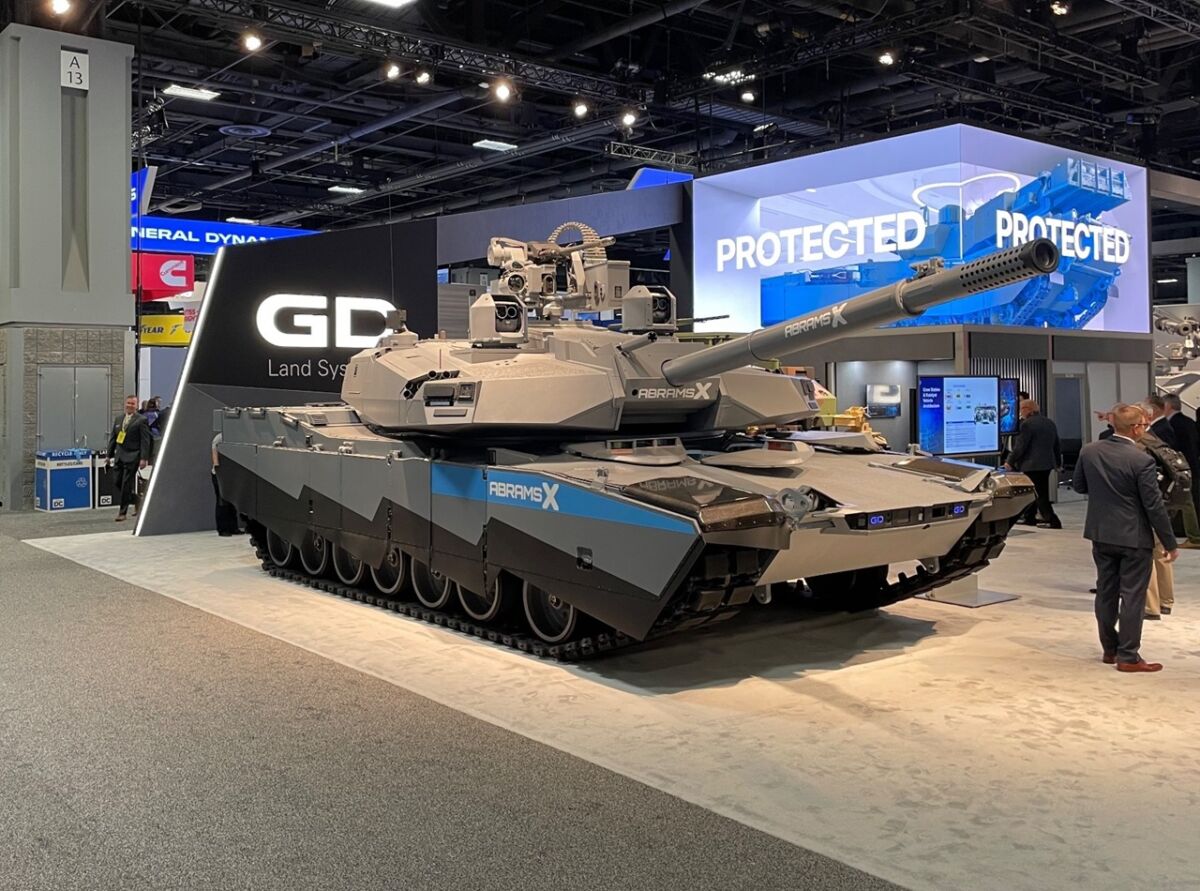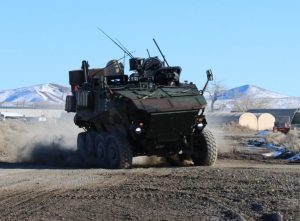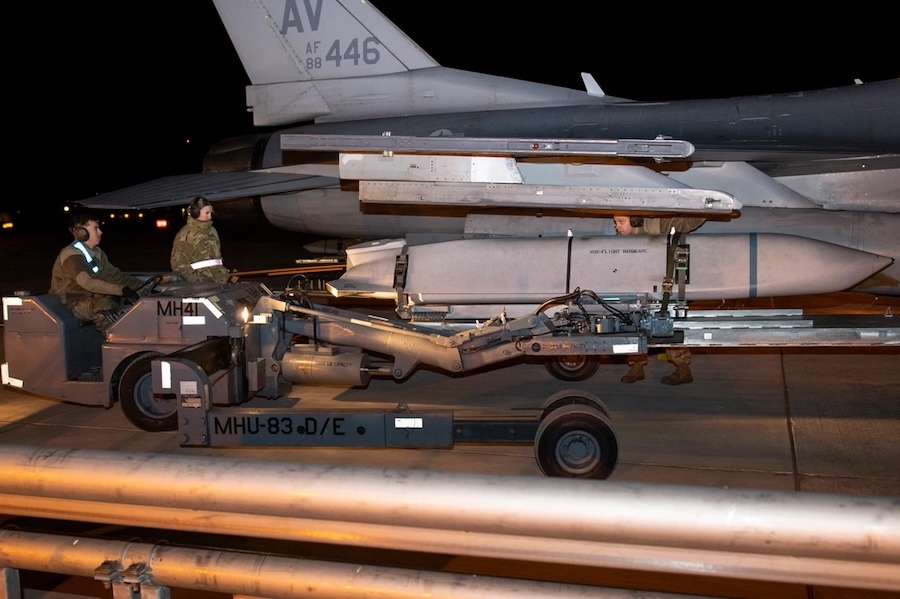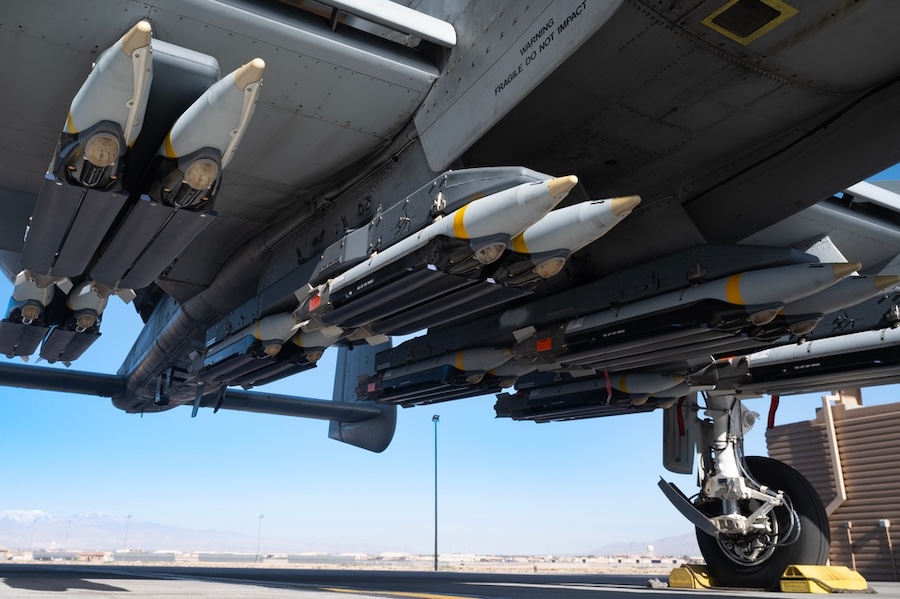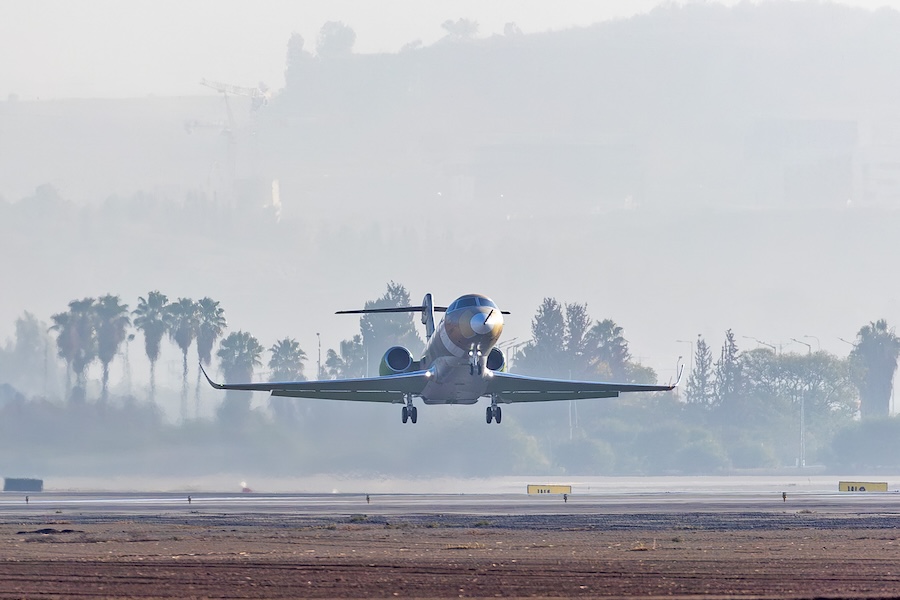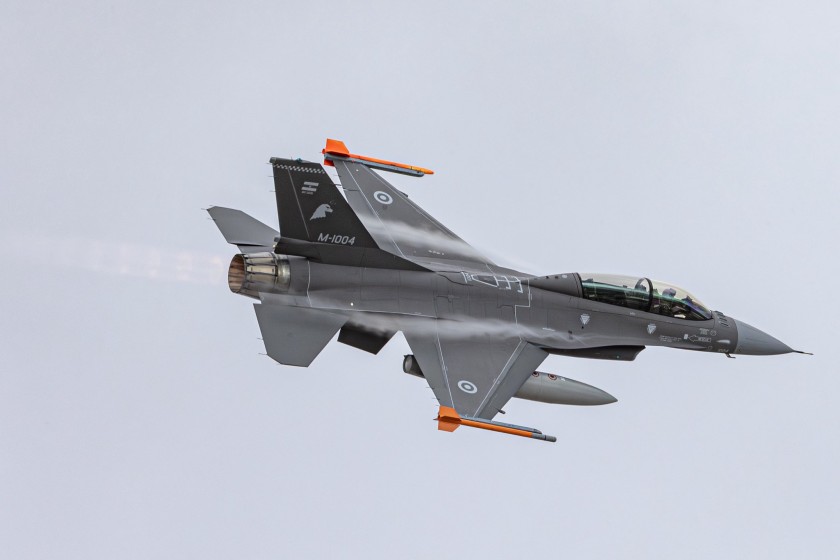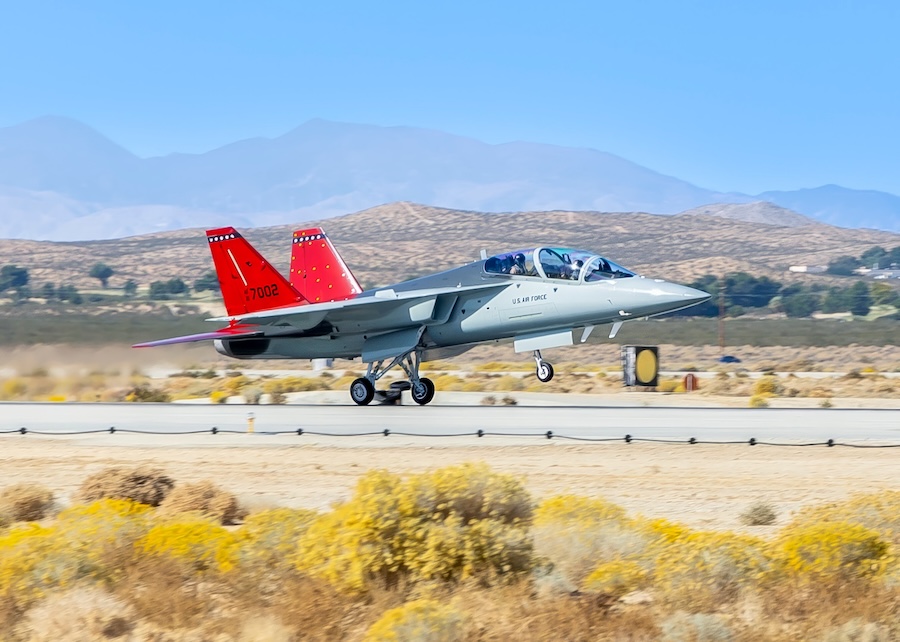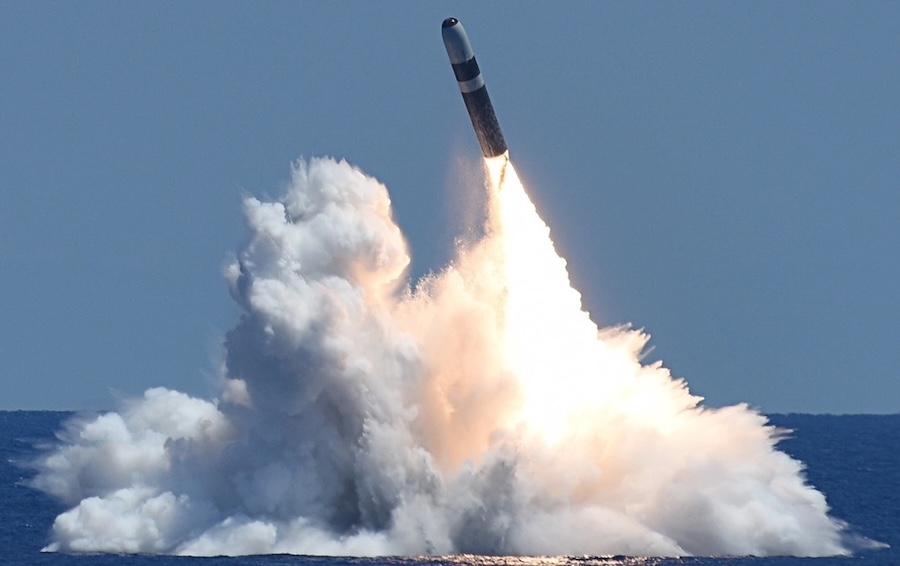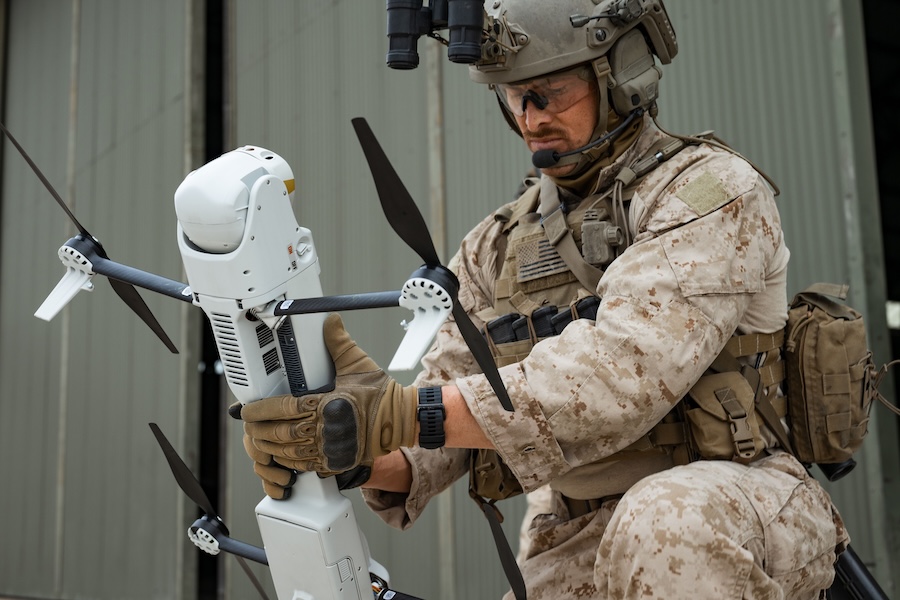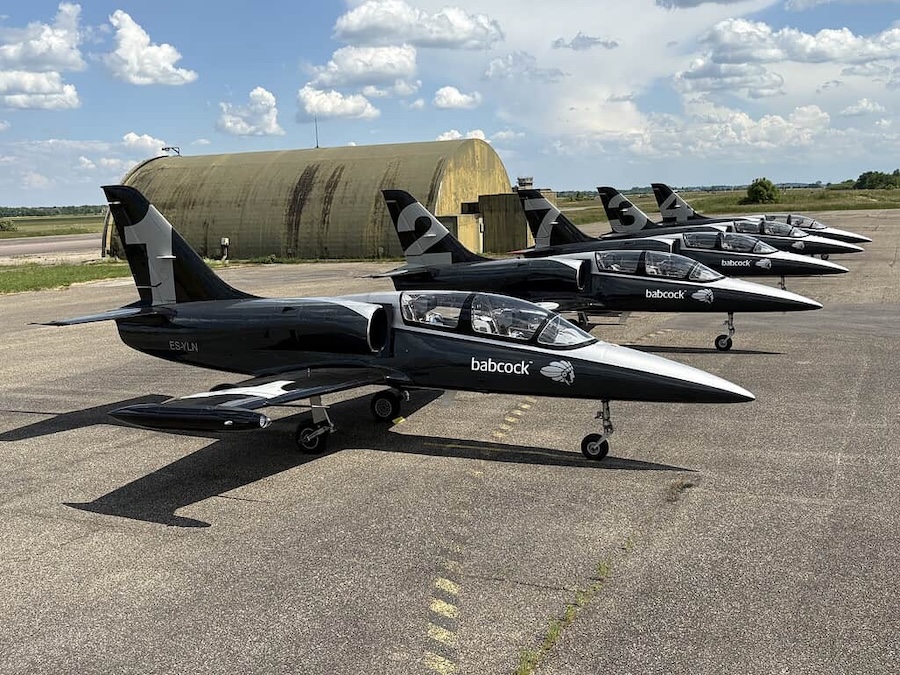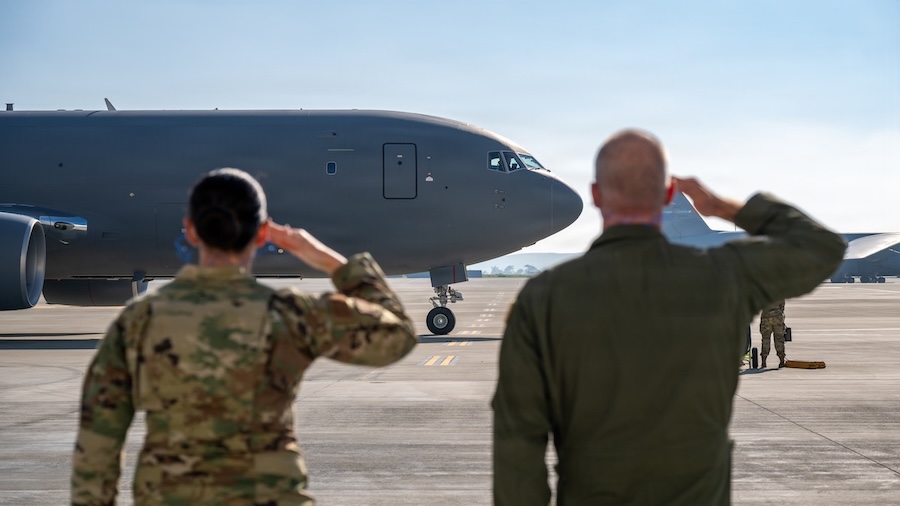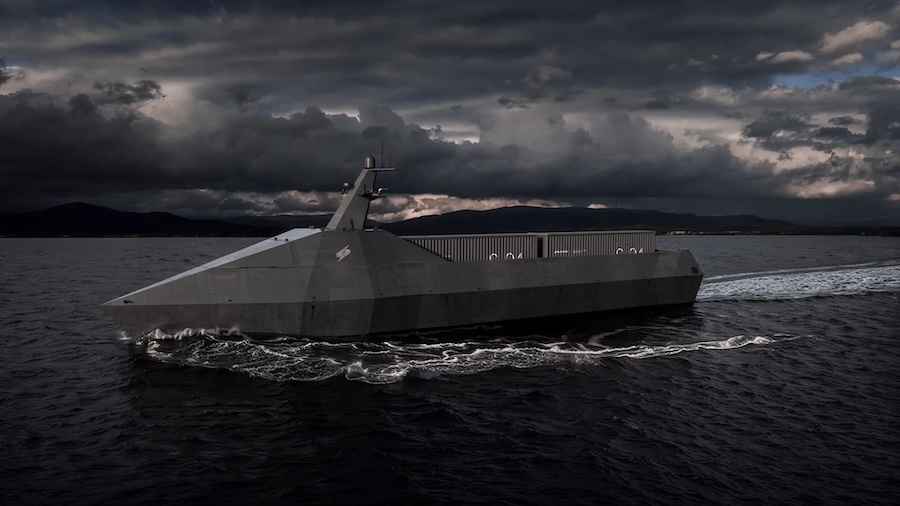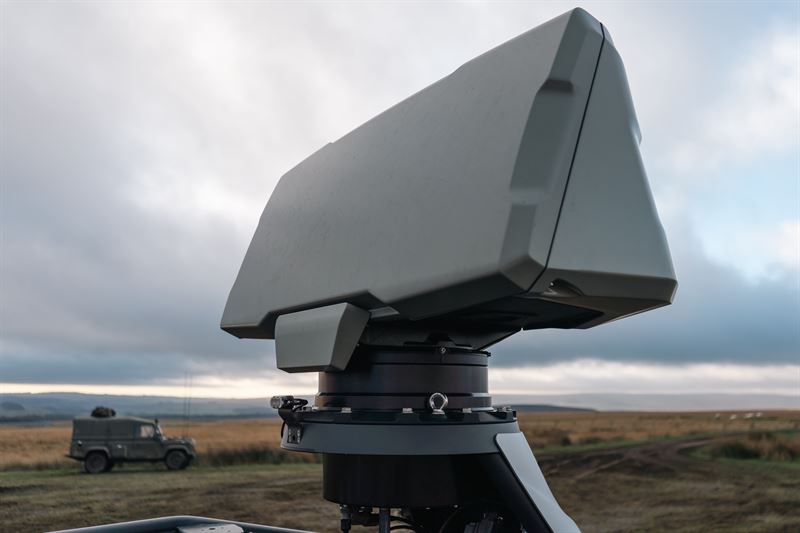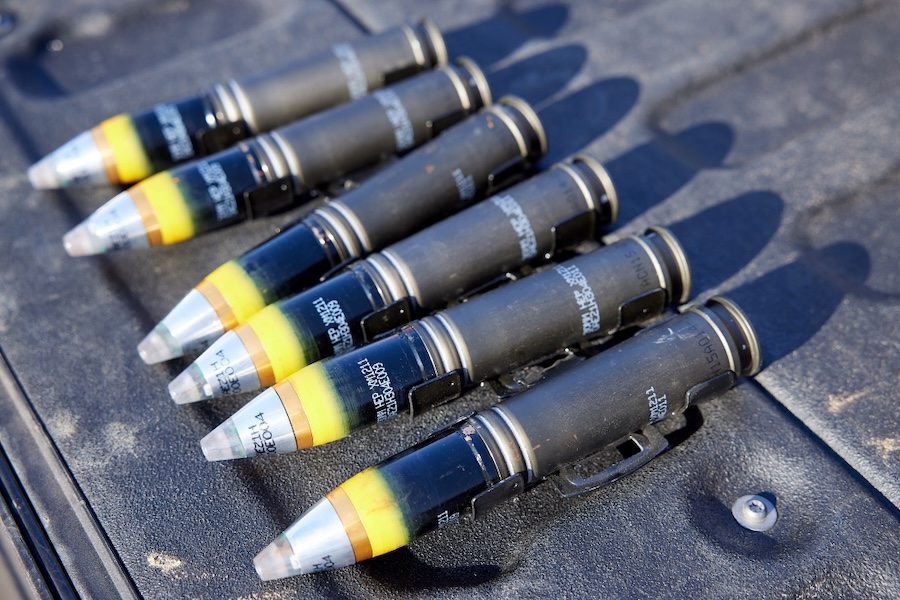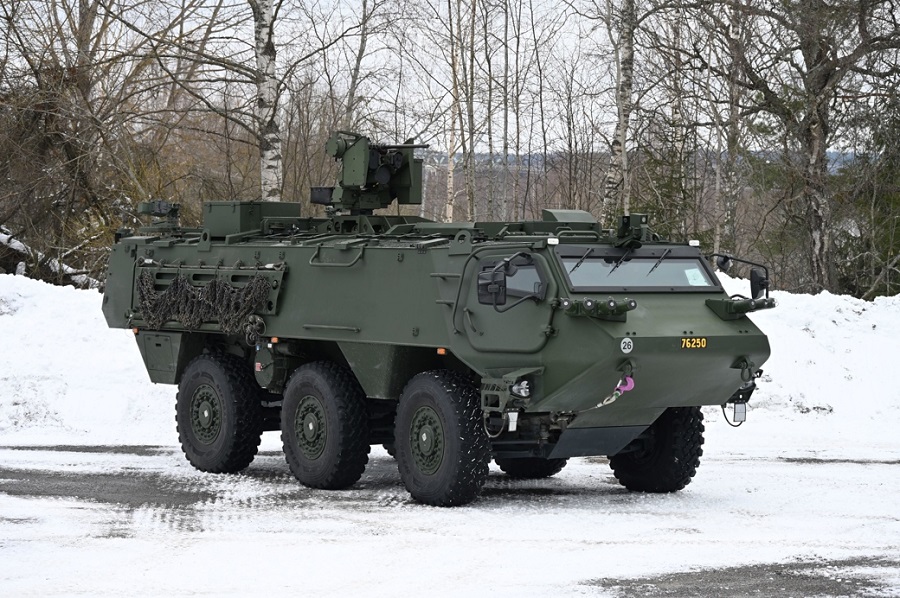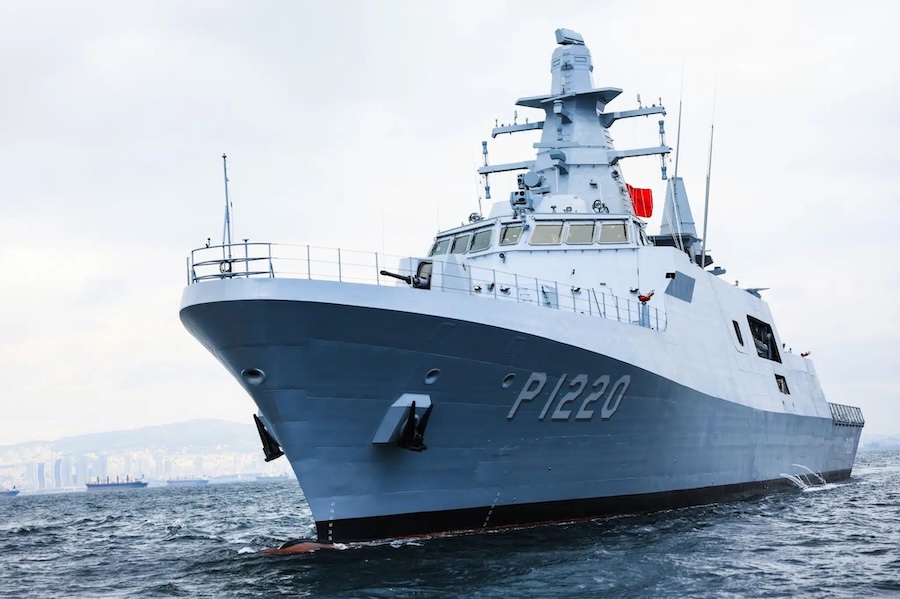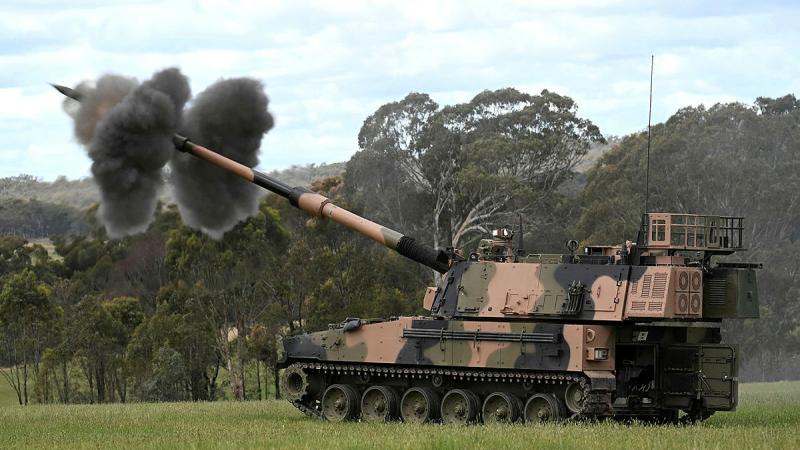“We were actually on an acquisition path … that was going to get a tank sometime in the mid-2030s,” said Danny Deep, Executive Vice President of Global Operations at GDLS, during the AUSA 2025 Annual Meeting & Exhibition in Washington, D.C. He explained that the Army decided this timeline wasn’t “going to cut it” and opted instead for a faster, iterative approach.
Deep confirmed that “in the next 12 months the vehicle will be handed over to soldiers to touch it, see what they like, see what they don’t like.” He added, “In short order after that, we’re going to start delivering this capability in the next two to three years as opposed to the next 10.”
Col. Ryan Howell, head of the U.S. Army’s Program Executive Office for Ground Combat Systems (PEO-GCS), said the pre-prototype will arrive for testing in an operational unit in December, stating “the paint will still be wet.” This early testing aims to collect real-world feedback from frontline soldiers, not just research centre personnel.
In a separate interview with The War Zone, Alex Miller, Chief Technical Advisor to the U.S. Army Chief of Staff, suggested the first vehicle could arrive even sooner, with a full platoon (four tanks) of prototypes expected by the end of 2026. Miller explained that streamlined procedures are allowing faster progress, saying: “If it doesn’t risk life, limb, eyesight, or hearing, the Army should be able to accelerate these steps.”
Criticising past processes, Miller stated: “Mindlessly staring at a problem for three or four years is idiotic and unacceptable.” His remarks highlight a shift in mindset across the Army’s acquisition community aimed at reducing delays and fielding relevant capabilities on time.
Deep echoed that sentiment: “The 90 percent solution is a much better answer than an ideal 100 percent solution that… isn’t going to be relevant when you get it anyway.” He added, “Everybody believes speed wins, not just on the battlefield but in terms of how you get capability up to the soldier.”
The M1E3’s modular, software-based architecture will enable rapid updates and third-party integration. “I decouple my requirements” from a single contractor, said Howell, describing the approach as handing out parts of the architecture “like candy.”
The new tank will weigh about 54.5 tonnes—significantly less than the 70+ tonne M1A2 SEPv3—thanks in part to integrated active protection systems replacing some passive armour. These systems are expected to become increasingly important for defeating threats like drones.
The vehicle will retain a 120 mm main gun, either the M256 in an updated form or a newer model, with the potential for future upgunning to 130 or 140 mm systems. An autoloader is planned, which may reduce crew size to three.
Additional firepower options include loitering munitions such as the Switchblade 300 and 600, compatible with the PERCH (Precision Effects & Reconnaissance, Canister-Housed) launcher displayed by GDLS at AUSA. Artificial intelligence will support fire control and command systems, integrated with secure digital communications.
The M1E3 will be powered by a hybrid diesel-electric powertrain using a Caterpillar diesel engine and a SAPA automatic transmission. This change is expected to cut fuel consumption by around 40% compared to the legacy gas turbine system, addressing a long-standing drawback of the Abrams platform.
By incorporating commercial off-the-shelf solutions where possible, and learning from past concept programmes, the M1E3 project aims to reduce cost and risk while maintaining flexibility for future upgrades. Despite uncertainty over exact delivery dates, both Army leaders and GDLS executives agree: the pace of development is unprecedented.




